What Your Sleep Position Reveals About Bruxism

A Missing Piece
Most people think of nighttime grinding or clenching (bruxism) as something caused by stress or anxiety. While that’s partly true, there’s another piece of the puzzle that’s often overlooked: your sleep position.
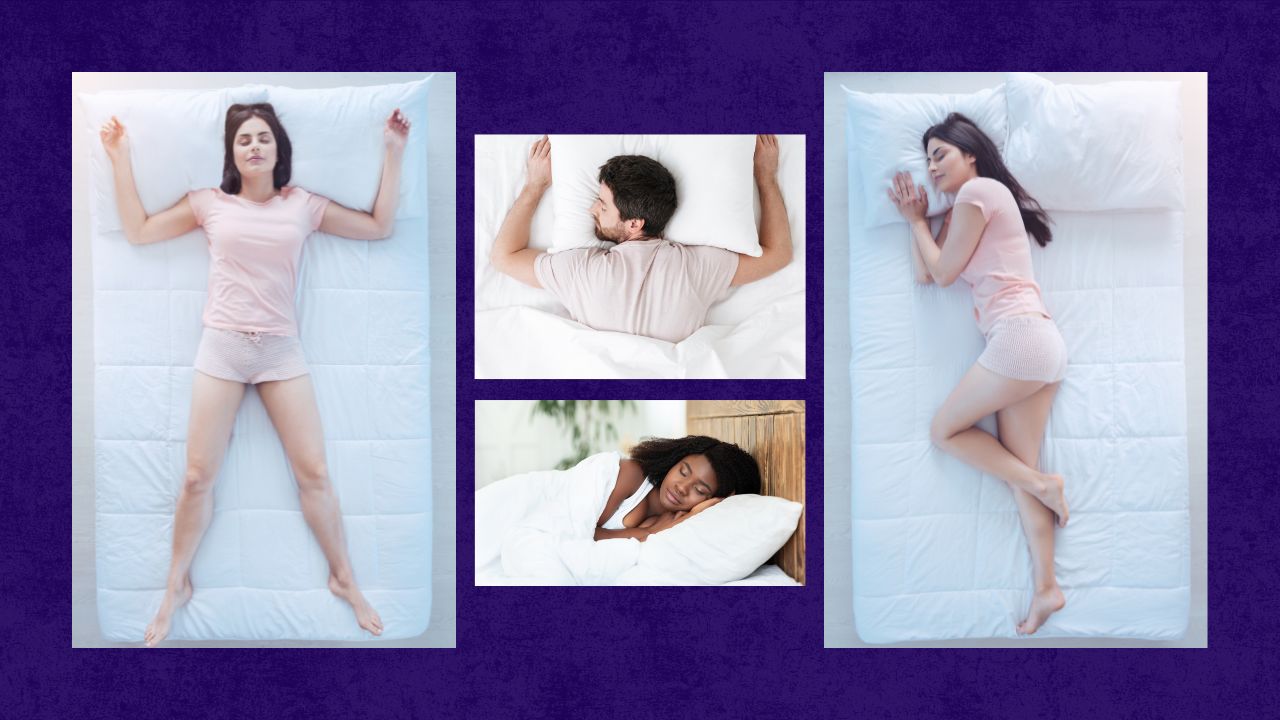
Sleep Positions
The way you sleep — whether on your back, side, or stomach — affects how you breathe, how your muscles relax, and even how often your jaw tenses during the night.

Zerene Can Help
That’s why the Zerene smart mouthguard doesn’t just track jaw activity. It also records body position and orientation, giving you a clearer picture of how your posture through the night may influence your bruxism and overall sleep quality.
Read on to learn more about sleep positions, teeth grinding, and more!
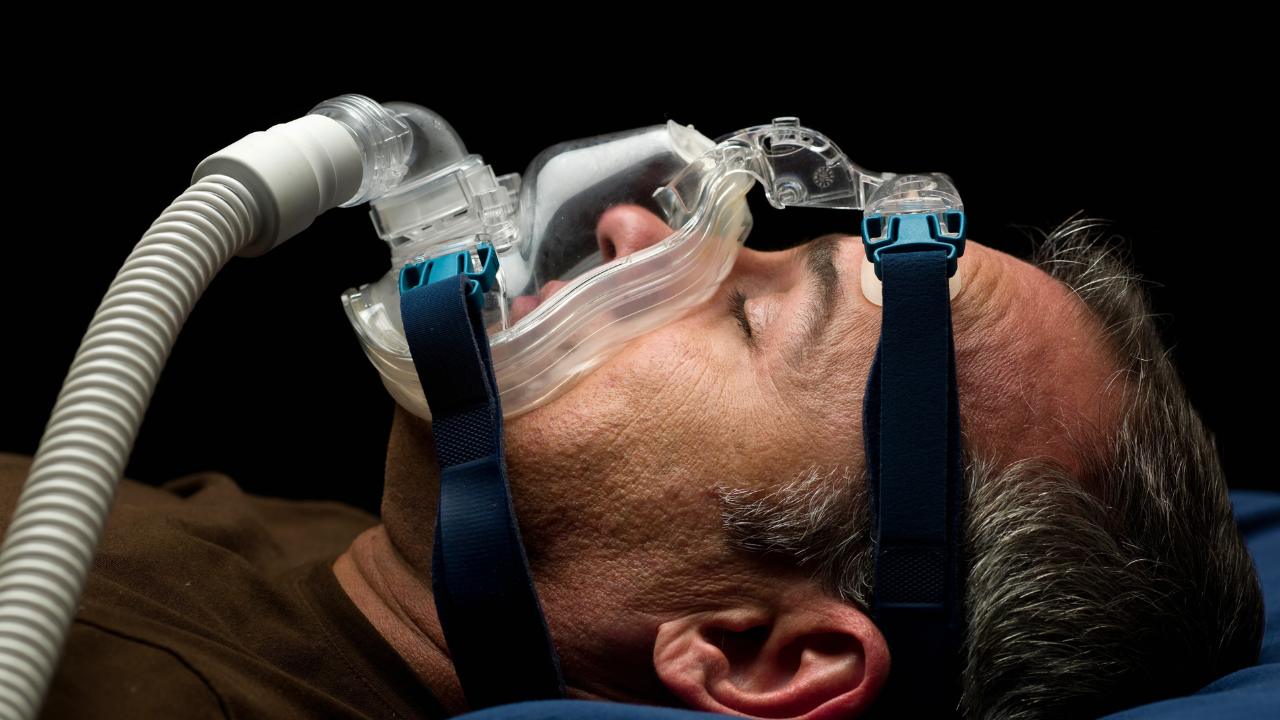
Positional Sleep Apnea - Back Sleeping
When lying on your back, your airway can narrow as the tongue and soft palate fall backward. Those small breathing interruptions often cause brief arousals that can trigger clenching.
Zerene Insight: Higher jaw activity while sleeping on your back could point toward airway-related issues worth discussing with a clinician.

Snoring - Back Sleeping
Snoring is usually louder and more frequent in the back-sleeping position. As the airway vibrates, your jaw muscles sometimes tighten to stabilize breathing.
Zerene Insight: By comparing bruxism data between back and side positions, you can see if airway resistance might be contributing to your grinding.

Acid Reflux (GERD) - Right Side Sleeping
Reflux tends to worsen when you lie flat or on your right side. These episodes can cause subtle awakenings, often followed by jaw movement or swallowing.
Zerene Insight: If your data shows more clenching when supine or right-side down, reflux could be part of the pattern.
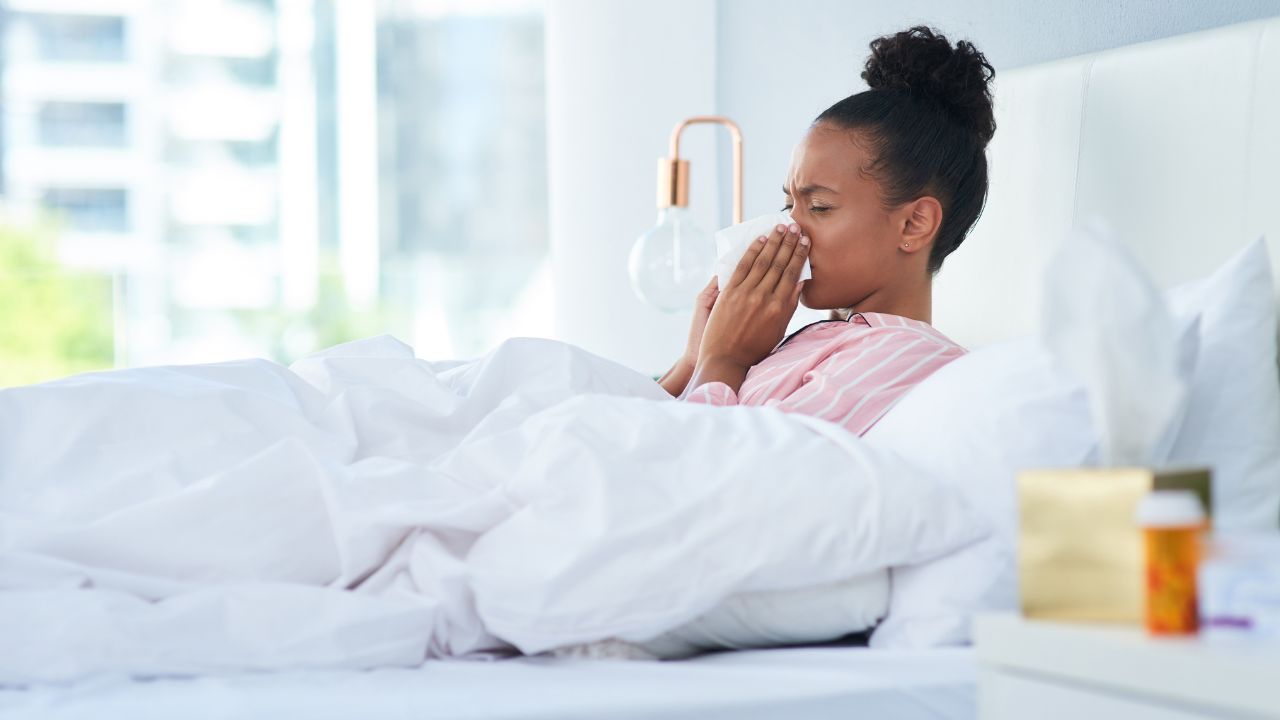
Nasal Congestion or Sinus Blockage
A stuffy nose or sinus congestion often shifts how you breathe at night. Mouth breathing — more common when lying on your back — changes jaw posture and can raise muscle tension.
Zerene Insight: Increases in jaw activity while supine or during periods of reported congestion may reveal a link between nasal airflow and clenching.
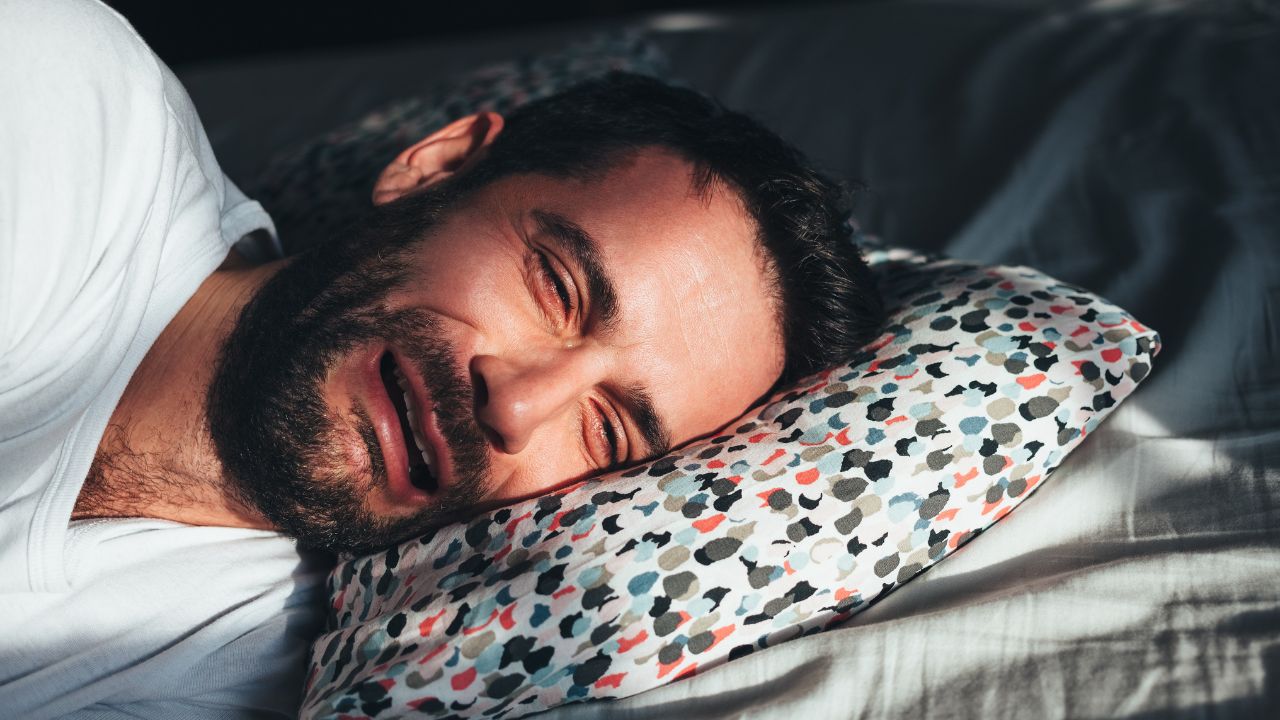
Jaw Joint (TMJ) Discomfort - Side Sleeping
Side-sleeping with your jaw pressed into a pillow or sleeping flat with your chin tilted upward can stress the temporomandibular joint (TMJ). That discomfort can lead to more jaw tension.
Zerene Insight: Side-specific pressure differences or longer steady contractions can indicate positional strain on the jaw joint.

Neck and Shoulder Tension
Neck position influences the same muscle groups involved in clenching. Sleeping twisted or with poor pillow support can activate those muscles throughout the night.
Zerene Insight: Frequent position changes or bruxism bursts that line up with neck adjustments may suggest posture is playing a role.

Headaches and Morning Tension
Sleeping with your chin tucked or head turned can tighten neck and jaw muscles — the same ones linked to morning headaches.
Zerene Insight: Zerene’s data can show whether bursts of jaw activity occur before you wake with headache symptoms.
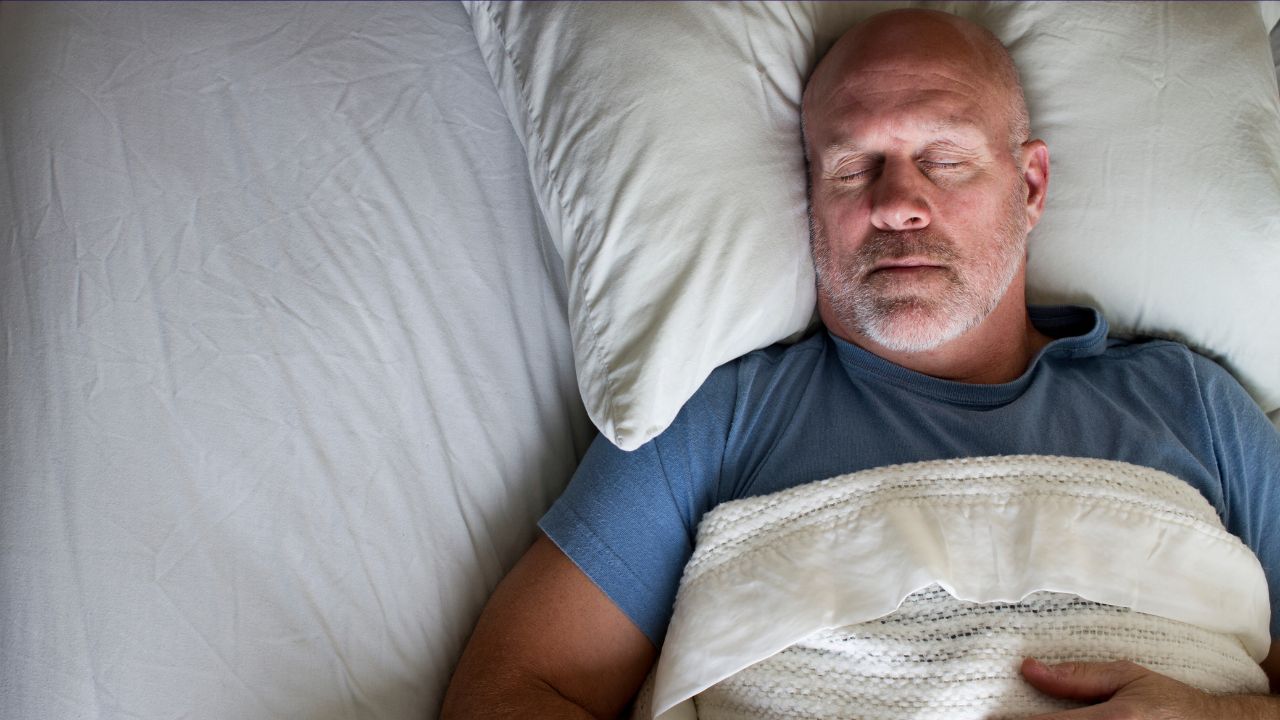
Shoulder Pain
Lying on a sore shoulder can cause micro-awakenings and tension responses throughout the upper body, including the jaw.
Zerene Insight: Zerene may show spikes in jaw activity after you roll away from a painful side.
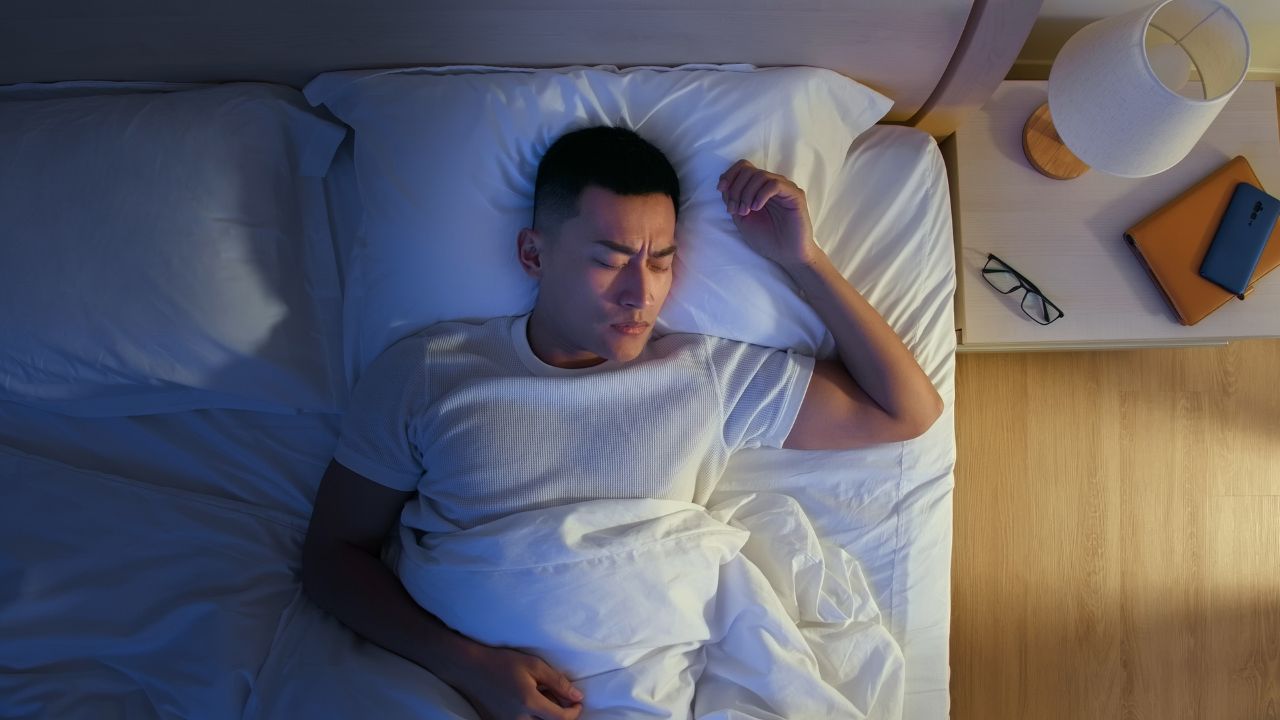
Smaller Airway or Recessed Jaw - Back Sleeping
For people with smaller airways or a recessed jaw, sleeping on the back allows the tongue to fall backward, restricting airflow. The body’s reflex is to tense the jaw.
Zerene Insight: Elevated jaw-activity readings specifically in the supine position can indicate increased airway effort.

Pregnancy-Related Sleep Changes
As pregnancy progresses, back-sleeping can worsen reflux and reduce circulation, leading to restlessness and jaw tension.
Zerene Insight: Orientation data helps track how side-sleeping — especially left-side — may improve both comfort and clenching patterns.

Seeing the Connections
Your jaw, airway, and posture all work together during sleep. When one system struggles — from congestion, reflux, or position — your jaw often reacts.
By pairing jaw-pressure data with body-position tracking, Zerene helps you see how sleep orientation may relate to your nighttime clenching. It’s not a diagnosis — but it’s valuable context you can share with your dentist, physician, or sleep specialist.

Understanding Your Sleep, One Position at a Time
Zerene was designed to help you see what’s happening when you’re asleep — not just whether you grind, but why and when it happens.
With orientation-aware data, you can start making small, informed changes: try a different pillow, adjust your sleeping side, or explore possible breathing or reflux issues with a professional.
Your body is already giving you the signals. Zerene just helps you see them clearly.
Learn more about the Zerene device at https://zerenelife.com and discover how body-position insights can deepen your understanding of nighttime jaw activity.

